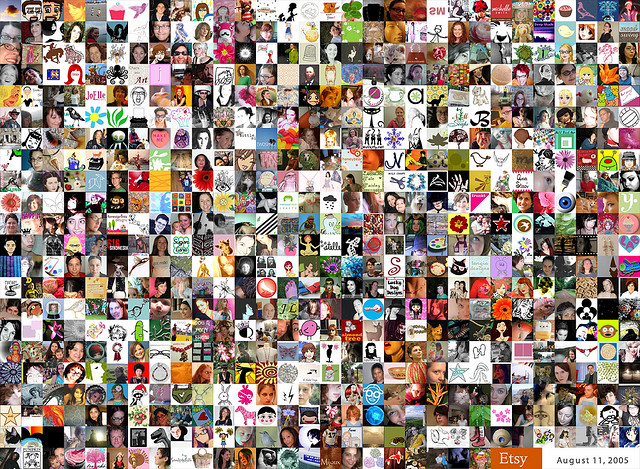
The opening panel session in our upcoming news:rewired conference on 19 April will cover the growing role of journalists in curating content from social media and the wider web. With two weeks to go today (tickets still available here!) we decided to highlight some useful tools for differing sectors of content curation. This is by no means an exhaustive or definitive list so feel free to recommend any further tools or platforms in the comments section below.
General

Storify originally only allowed users to gather material from social media sites such as Twitter, Facebook, Flickr and YouTube but this has grown to now include a wide range of content sources including Tumblr posts, Instagram photos, google searches and embedded URLs. The key with Storify is allowing users to add a narrative.
Many news organisations use the platform to curate stories. The New York Times presented a collection of the best Instagram photos of the February storm through Storify, while this story about the first ever global arms trade treaty from Al Jazeera’s The Stream is a fine example of their regular use of the platform.
Users of Bundlr can clip articles and other content from the web as they browse and collect into relevant pages, or ‘bundles’. These bundles of content can then be shared on social media or embedded, like this one on investigative journalism from Paul Lashmar.
Visualisation

Pearltrees is a social resource that creates an almost unlimited ‘pearltree’ of linked data, articles, images and video. Users can create their own Pearltrees by saving and linking individual URLs, known as ‘pearls’, or they can team up to curate Pearltrees on larger topics. These can then be shared via social networks or embedded, like this Pearltree on the Arab Spring.
Mattermap is a Dutch creation intended to provide a broad introduction to a topic by collating opinions and information into a neat and accessible mind map. By scraping quotes from the internet and linking them to the source, users can organise and publish a set of content, like this map of arguments over the success of the Arab Spring.
The project is still in beta but the founders are considering a paid model that would allow media outlets to change the map’s design to integrate with their website.
Video

PopcornMaker works in a similar way to video editing software such as Final Cut in helping users to edit video, but with the addition of embedding active links, maps, pictures, tweets and live feeds in the footage to expand on the story when being watched online. At news:rewired former OpenNews fellow and app developer Mark Boas will run a workshop on how to use PopcornMaker,
Magnify uses a cloud-based system to allow users to curate an embeddable video stream for their website by searching the web for relevant videos. New York magazine and TED are two of the more high profile sites that use Magnify to present collections of videos relevant to their specific publication interests.
Publishing

At the end of March Flipboard announced that a new version of the app would give users the ability to create their own topic-specific magazines. As well as adding articles or other types of content to their magazine from Flipboard, users will also be able to add content from anywhere across the web – be it tweets, Facebook comments, blog posts or news articles. These can then be shared with other users while Flipboard includes a “By Our Readers” section in its table of contents with magazines chosen by editors or by the number of times they have been shared.
Conceptualised as a “terminal for journalists” by Craig Silverman, director of content and product strategy at Spundge, the platform provides services from bookmarking and content curation to publishing and syndication, although more advanced services come with a monthly fee. Users add filters to ‘notebooks’ which then search social media, RSS feeds and the wider web for relevant content.
In an interview when the platform was launched Silverman told Journalism.co.uk:
Rather than having to look on Twitter and then also having to look maybe at Facebook and then maybe also having to look in your RSS feeds, you can do it all in one place.”
Image

Perhaps looking at curation at a slightly different angle, ThingLink is a useful tool for those who want to curate rich media links within a single image. This lets online publishers add greater context, meaning and interactivity to an image, just by adding information or using an image as a ‘front page’ for a string of embedded articles and videos.
Hash Gordon is a tool that allows users of n0tice, the Guardian’s community platform, to search for images shared via social media and then fed into n0tice. Hash Gordon will search the tags of images and then collate them to be used as the user sees fit, like in this example from the Guardian website. Here is more on Hash Gordon.
